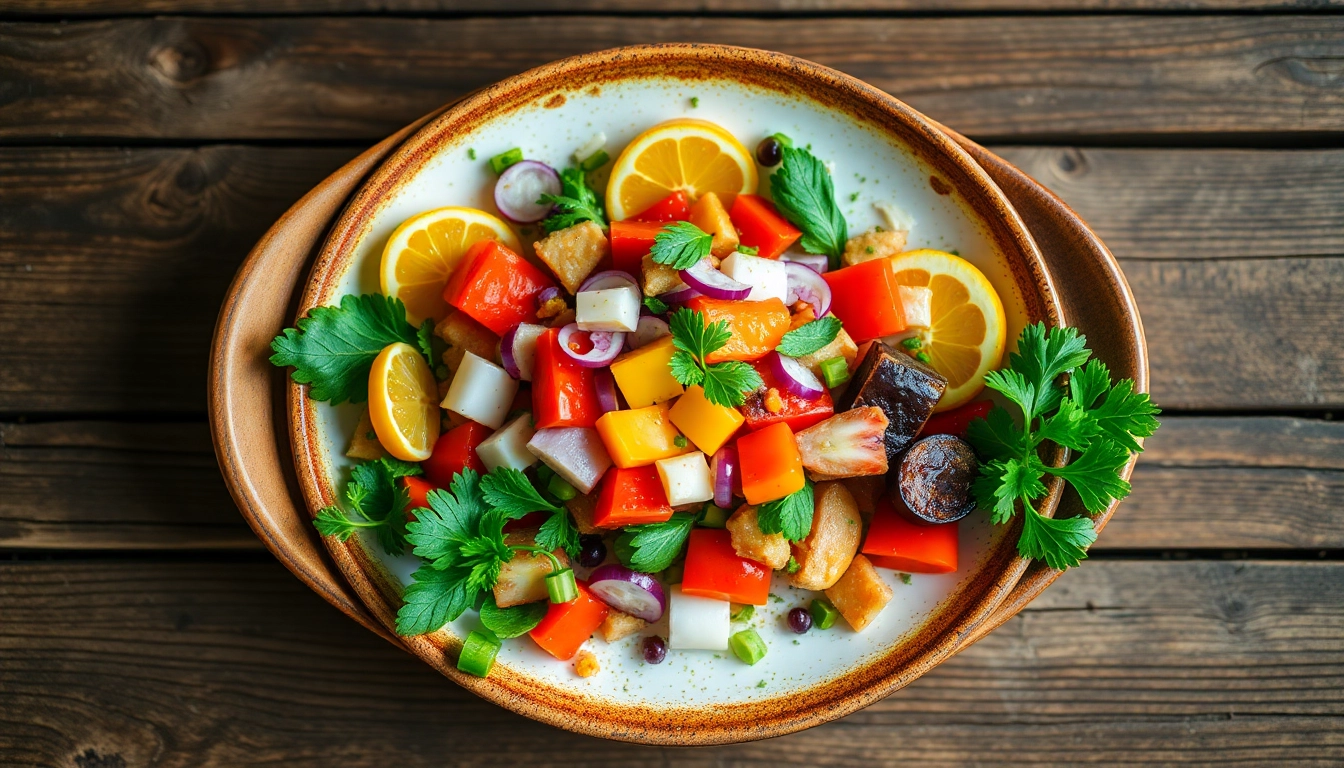Understanding Cinnamon Bark
What is Cinnamon Bark?
Cinnamon bark is derived from the inner layer of the bark of trees belonging to the genus Cinnamomum. It is most commonly known as a spice used in cooking and baking but is also celebrated for its numerous health benefits. The aromatic compound found in cinnamon bark, called cinnamaldehyde, contributes to its sweet and spicy flavor, making it a popular ingredient in both savory and sweet dishes across cultures.
One of the primary varieties of cinnamon bark is Cinnamon Bark, known for its rich flavor and essential oil content. It can be found in various forms, including powder, sticks, and extracts, accommodating a wide range of culinary and medicinal applications.
Types of Cinnamon Bark
There are numerous species of Cinnamomum plants, but the two most prominent types of cinnamon bark in the marketplace are Ceylon cinnamon and Cassia cinnamon.
- Ceylon Cinnamon (Cinnamomum verum): Also known as “true” cinnamon, it is native to Sri Lanka and is considered to be of superior quality. Ceylon cinnamon possesses a sweeter and more delicate flavor profile, along with higher levels of beneficial compounds that promote health.
- Cassia Cinnamon (Cinnamomum cassia): This variety, often referred to simply as cinnamon, is more common than Ceylon cinnamon. It has a stronger flavor with a slightly bitter note and is primarily produced in China and Indonesia. Due to its widespread availability and lower cost, it is the type most commonly found in supermarket products.
Difference between Ceylon and Cassia
The primary differences between Ceylon and Cassia cinnamon lie in their flavor, chemical composition, and potential health benefits:
- Flavor: Ceylon cinnamon is milder and sweeter, while Cassia cinnamon is more potent and spicier.
- Coumarin Content: Cassia cinnamon contains higher amounts of coumarin, which can be harmful in excessive quantities, whereas Ceylon cinnamon has a significantly lower coumarin content, making it a safer option for regular use.
- Pricing: Due to the labor-intensive harvesting process, Ceylon cinnamon is generally more expensive than Cassia cinnamon.
- Health Benefits: Research suggests that Ceylon cinnamon may have superior antibacterial and anti-inflammatory properties compared to Cassia cinnamon.
Health Benefits of Cinnamon Bark
Antioxidant Properties
Cinnamon bark is rich in antioxidants, which play a crucial role in combating oxidative stress—a contributor to chronic diseases and aging. Antioxidants in cinnamon help neutralize free radicals in the body, reducing the risk of conditions such as diabetes, heart disease, and certain types of cancer. One study found that cinnamon bark showed promising effects in enhancing antioxidant levels in the blood, thereby potentially offering protective benefits against cell damage.
Digestive Aid and Appetite Stimulant
Cinnamon bark has been used traditionally as a digestive aid. Its properties help to enhance digestion by promoting the secretion of digestive enzymes and improving gut health. People often use cinnamon to alleviate issues such as bloating, gas, and gastrointestinal discomfort. Additionally, cinnamon can serve as an appetite stimulant, making it an effective natural remedy for those who struggle with appetite loss.
Cinnamon Bark for Blood Sugar Management
Research indicates that cinnamon bark may play a significant role in the management of blood sugar levels. It has been shown to improve insulin sensitivity and reduce levels of fasting blood glucose, triglycerides, and total cholesterol in individuals with type 2 diabetes. The precise mechanism involves the enhancement of insulin signaling and its action within the body, making cinnamon bark a potential complement to diabetes management protocols.
Culinary Uses of Cinnamon Bark
Incorporating Cinnamon Bark in Recipes
Cinnamon bark can be used in various culinary applications, contributing both flavor and aroma to numerous dishes. Whether used in stick form or ground, it can enhance both sweet and savory recipes. Here are a few ways to incorporate it:
- Add cinnamon sticks to stews and soups for a warm, aromatic base.
- Sprinkle ground cinnamon over desserts, such as cakes, muffins, and pancakes, for a flavor boost.
- Infuse cinnamon into beverages such as hot apple cider, chai tea, or coffee for a delightful twist.
- Use cinnamon in marinades or rubs for meats, complementing spice profiles in dishes like curries.
Flavor Profile and Pairings
The flavor profile of cinnamon bark is distinct, with a blend of sweet, warm, and slightly spicy notes. This makes it a versatile spice that pairs well with a variety of ingredients. Here are some common flavor pairings:
- Fruits such as apples, pears, and bananas, which balance its warmth with sweetness.
- Spices such as nutmeg, cardamom, and ginger, enhancing the aromatic complexity in baking or savory dishes.
- Dairy ingredients like cream, yogurt, or milk, which help mellow its intensity while enriching flavor in sweets and beverages.
- Chocolate, where cinnamon adds depth and a hint of spice, making it an excellent addition to desserts.
Traditional Dishes Featuring Cinnamon Bark
Cinnamon bark features prominently in many traditional dishes around the globe. For example:
- Mexican Hot Chocolate: A rich chocolate drink spiced with cinnamon, providing warmth and complexity.
- Indian Biryani: A fragrant rice dish often made with cinnamon sticks, imparting warmth and flavor.
- Chinese Five Spice Powder: A mix that typically includes cinnamon for balanced flavor in stir-fries and roasted dishes.
- Cinnamon Swirls: A pastry featuring layers of dough, butter, and cinnamon sugar baked to perfection.
Medicinal Uses of Cinnamon Bark
Common Ailments Treated with Cinnamon Bark
Cinnamon bark has a long history of traditional medicinal use, especially in herbal medicine. It is known to help with various conditions, including:
- Gastrointestinal issues, like indigestion and discomfort.
- Menstrual cramps, serving as a natural remedy to alleviate painful symptoms.
- Infections caused by bacteria and fungi due to its antimicrobial properties.
- The common cold and flu, where it may help soothe throat discomfort and improve overall immune response.
Preparation Methods and Dosages
Preparing cinnamon bark for medicinal uses can be achieved through various methods, including:
- Tea: Steeping cinnamon sticks in hot water for around 10-15 minutes can create a fragrant tea that encapsulates its benefits. This can be consumed daily.
- Capsules: Cinnamon bark supplements are available in various dosages; however, it’s essential to follow recommended dosages as per professional medical guidance.
- Extracts: Liquid cinnamon extracts or tinctures can be used, typically with a recommended serving size on the product label.
Before incorporating cinnamon into your health regimen, it’s advisable to consult with a healthcare provider, particularly for those with underlying health conditions or those who are pregnant.
Precautions and Side Effects
While cinnamon bark is generally safe for most people when consumed in culinary amounts, there are some precautions to consider:
- Due to the higher coumarin content associated with Cassia cinnamon, excessive consumption may lead to liver damage over an extended period. It is essential to moderate intake.
- People taking anticoagulant medications should approach cinnamon use cautiously as it could potentially increase bleeding risk.
- Those with cinnamon allergies should avoid it entirely to prevent allergic reactions.
Conclusion: The Versatility of Cinnamon Bark
Recap of Benefits and Uses
Cinnamon bark stands as a remarkable spice with its delightful flavor, versatile culinary applications, and proven health benefits. From boosting antioxidants to aiding digestive health and regulating blood sugar levels, integrating cinnamon bark into your diet can support overall wellness.
Encouraging Sustainable Sourcing
When purchasing cinnamon products, consider opting for sustainably sourced options that support ethical practices in harvesting and production. Responsible sourcing ensures the preservation of the habitats where these trees grow and supports the livelihoods of farmers and local communities.
Incorporating Cinnamon Bark into Daily Life
Adding cinnamon bark to your everyday meals and wellness routine can be a simple yet impactful change. Whether enjoying a cup of cinnamon tea, adding it to baked goods, or using it as a spice in savory dishes, the properties of cinnamon bark can enrich your culinary experiences while providing potential health benefits. For those seeking a balance of flavor and nutrition, cinnamon bark truly shines as a multifaceted component of a healthy lifestyle.


